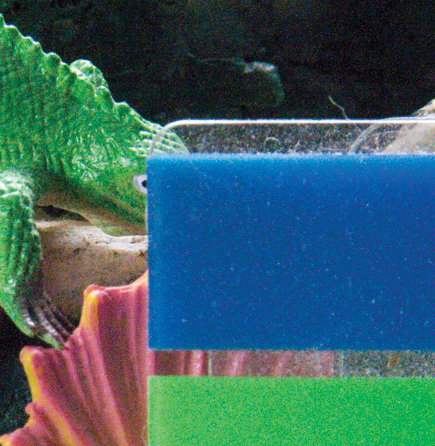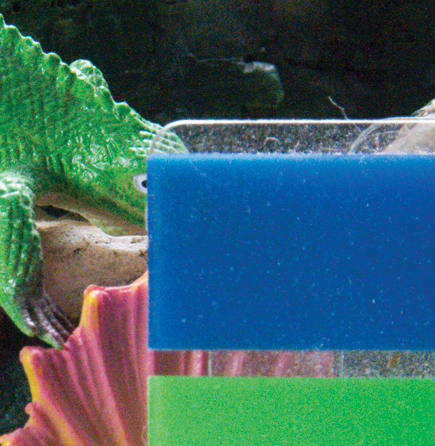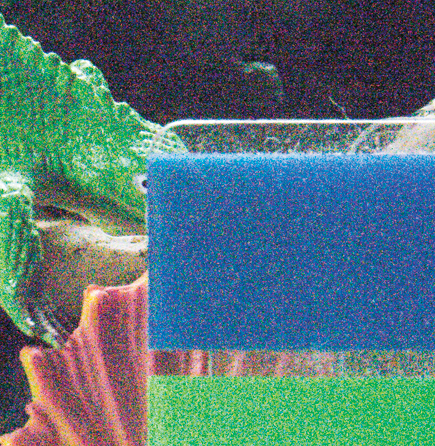Quieting Noise; Digital Noise Is Easily Controlled With These Plug-In Filters
Just as we view flare as non-image-forming light that detracts from a photograph, we can think of digital noise as non-image-forming picture elements (pixels) that detract from a digital image. We tend to look at digital noise as a nuisance, like bats in the attic. And we want to be rid of the problems as quickly and painlessly as possible while doing the least amount of damage. We find digital noise in digital capture of any type, including scanned (flat-bed and film) images. We may find ready solutions in firmware embedded in our capture devices, but more often than not the solution lies in steps taken in post-processing.
First Things First
While a host imaging application alone may appear to do the trick, you'll
find that, by comparison with any of the noise reduction (NR) plug-ins tested
for this article, it really does not go far enough. And sometimes the same can
be said of a plug-in, requiring that extra nudge from the host program's
own noise filters.
 |
|
 |
|
|
I'm using Photoshop CS3 as the host application on an Intel Mac, with
2GB of RAM. Camera captures were all raw, processed in Adobe Camera Raw (ACR).
The plug-ins tested include Dfine, Neat Image Pro, Noise Ninja Pro, and Noiseware
Professional--all in their most recent releases for the Mac platform. Many
noise filters are also available as stand-alone applications, but, to improve
workflow, I recommend you use them as plug-ins. While all the plug-ins tested
support Photoshop CS3, not all will work entirely or fully in other programs,
so check support before buying (which includes pre-CS versions as well).
The cameras used were a Nikon D300 for the studio still life shots and a Canon
EOS 5D for pictures shot outdoors at
night. Also part of the test were scans made on a Nikon Super Coolscan 5000
from 35mm slides.
 |
|
 |
|
 |
|
|
Plug-Ins: Profiling And Filtering
Each plug-in NR filter consists of two key elements: profiling and filtering.
You first sample and analyze the noise to identify its nature and establish
a profile, which then recommends/sets all the necessary steps/parameters needed
to correct the existing noise, in terms of type, density, distribution, and
intensity, while separating the details from the noise (or protecting details
from NR).
Specifically, each plug-in derives a profile by sampling one or more detail-free
(textureless, even-toned) areas in three channels--luminance ("Y"),
red-green chroma ("Cr"), and blue-yellow chroma ("Cb")--and
three or more spatial frequencies (ranging from the more-pronounced/fine "high
frequency" down to the less-pronounced/coarse "low frequency"
and possibly "very low frequency"). Profiles primarily take the
capture device and ISO into consideration, although other factors may also be
taken into account.
































